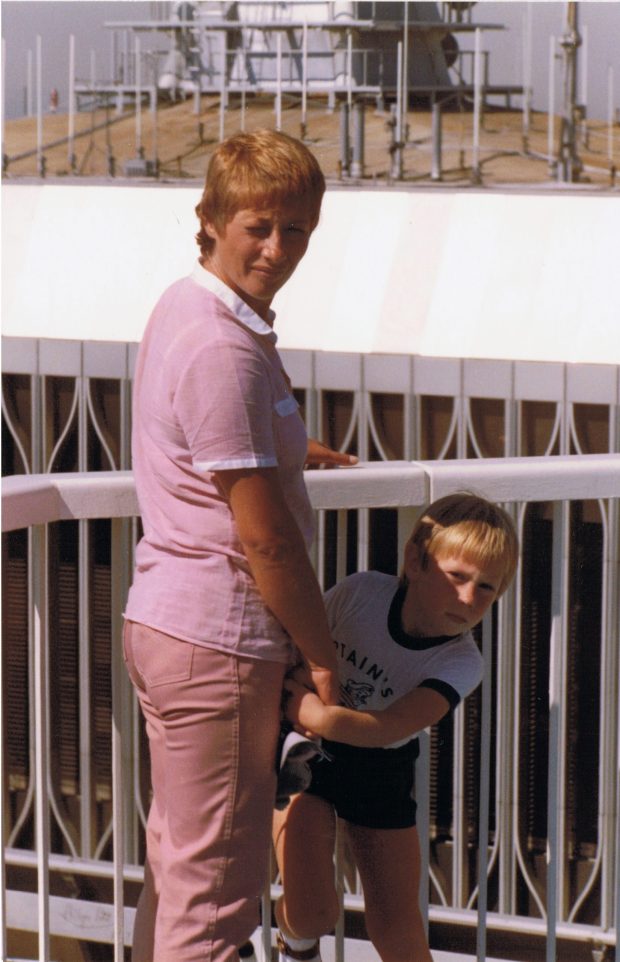
I recently had the great privilege of being appointed chair of governors at my local primary school. I joined the board in 2018 as a way of getting more involved in my daughters’ education and since then I have served in a number of roles culminating in leading my first meeting as chair last week.
It is surprising that the role of the board of governors in the English education system is not widely understood, given how weighty its responsibilities are. The governing body is collectively responsible for overseeing the strategic direction, governance, and overall well-being of a school. Crucially that extends to legal responsibility for a school’s finances, which can be a daunting and surprising ask for a fresh faced volunteer who originally thought the extent of their duties might be organising the tombola at the Christmas fayre!
So why do it? After all, substantial responsibility without reward isn’t usually the best way to encourage volunteers! The answer, of course, is that there is reward, albeit not a financial one. Governors have a very real chance to make a difference to a school, its pupils and the wider community. Decisions taken by the governing body have a direct impact on the lives and education of our children, and that is incredibly fulfilling. It is measurable too; as a board we collect data on a range of metrics, so we can definitively see when the actions we take are having an impact. Schools are also independently inspected. As a board we were incredibly proud of the work we did with our headteacher and her staff to be upgraded last year to an Ofsted rating of ‘good’ after a lengthy period of requiring improvement.
But there is another, less altruistic reason for being a school governor. The volunteers on any governing body can come from all walks of life. I find this diversity to be a great advantage, but leading in this environment is quite different from my day job, or indeed any job I have had before. I can’t imagine a better training environment for developing the soft skills of persuasion, collaboration and diplomacy. Additionally, many on a typical board will have no background in education. The result is a challenge that is doubly difficult. Leading a disparate and unfamiliar team is one thing, but doing so in an unfamiliar environment when you have little or no domain knowledge is quite another.
And yet, this is the strength of the governing body system. Highly motivated people, bringing their own world views to an environment they don’t know terribly well brings freshness and innovative problem solving.
I know I will thoroughly enjoy my time as chair, and I fully expect I’ll be a much better leader in my day job as a result too.































